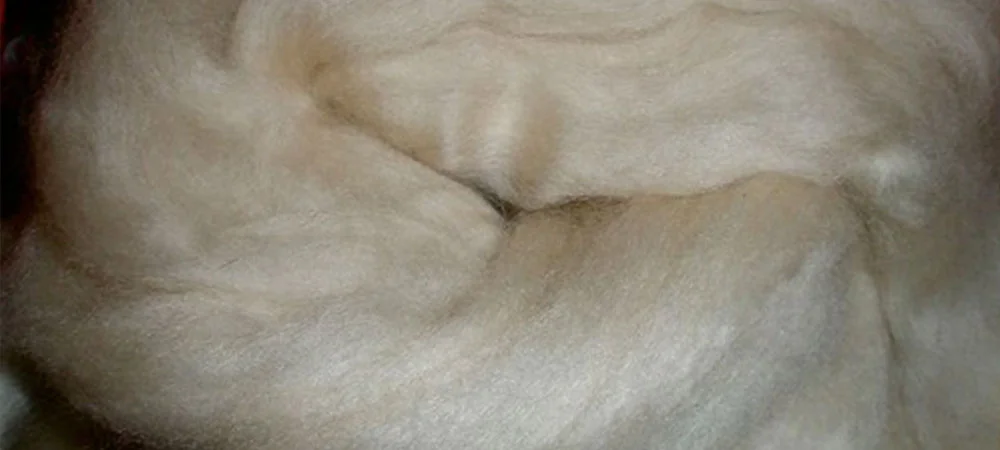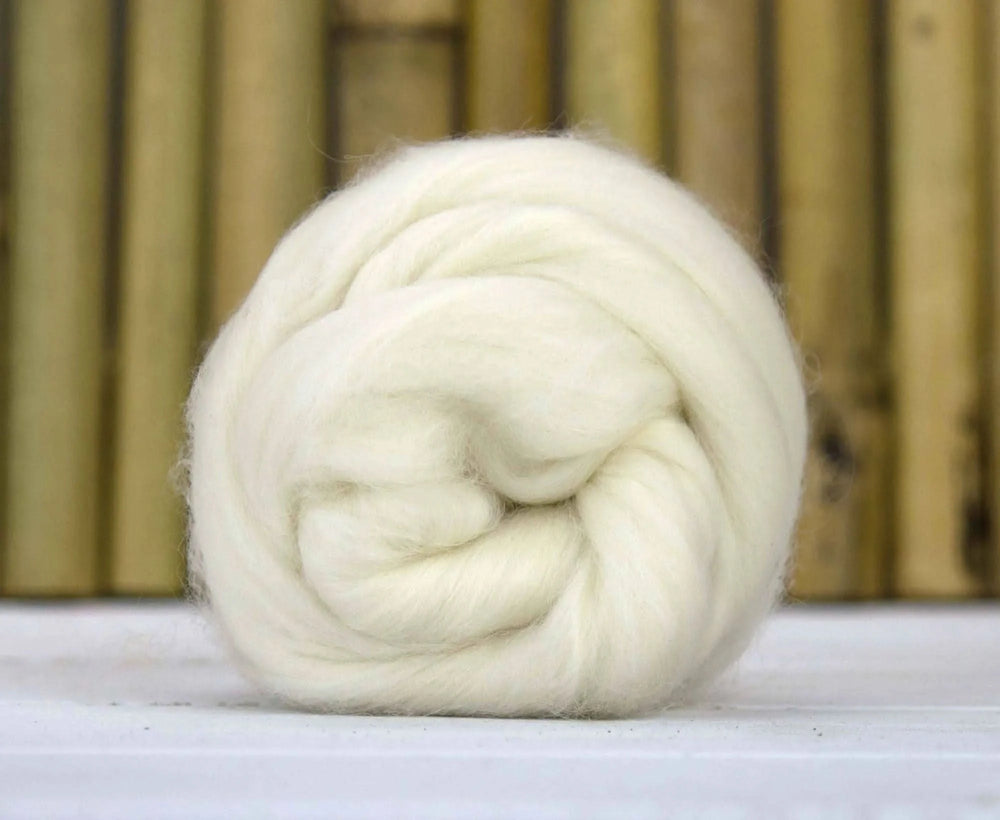The Reality Behind Is Cashmere a Natural Fiber and Its Green Appeal
The Reality Behind Is Cashmere a Natural Fiber and Its Green Appeal
Blog Article
Reasons You Need To Need Cashmere an All-natural Fiber for Comfort and Beauty in Everyday Use
In the world of textiles, few fibers equal the high-end and convenience of cashmere. This unique material, understood for its premium gentleness and insulation, gives unrivaled convenience and elegance for daily wear. Yet what sets it besides other fibers? Exactly how does it impact the environment and how does it compare to synthetic alternatives? Moreover, exactly how can one best utilize cashmere to raise their style? These intriguing inquiries lay the structure for an enlightening expedition into the globe of cashmere.
Recognizing the Luxurious Nature of Cashmere

Evaluating the Convenience Element of Cashmere Clothing
What qualities underline the comfort variable of cashmere garments? The soft qualities of cashmere is the first top quality to think about. Its deluxe texture makes it seem like a 2nd skin, supplying warmth without the weight or itching related to various other woollen items. Cashmere's unique fiber structure enables for breathability, regulating temperature and preventing overheating. The product's versatility and toughness make sure that it mold and mildews against the body comfortably, maintaining its form in time. Cashmere's hypoallergenic buildings likewise add to its comfort, making it a suitable selection for sensitive skin. The ability to layer cashmere pieces without bulkiness enhances the convenience aspect. Basically, the comfort of cashmere is acquired from its softness, breathability, durability, hypoallergenic nature, and flexibility.

The Ecological Effect and Sustainability of Cashmere
While the comfort and sophistication of cashmere are definitely enticing, it's similarly vital to consider its connection with the setting. Cashmere manufacturing, largely in Mongolia and China, involves raising cashmere goats, which can dramatically stress breakable meadow ecosystems due to important link overgrazing. This can cause desertification, a pushing environmental issue. The processing of cashmere, involving cleaning and dyeing, can additionally add to water contamination if not appropriately taken care of. Nevertheless, initiatives are being made to develop lasting cashmere production approaches, such as rotational grazing and cleaner handling methods. While cashmere has environmental impacts, its sustainability greatly depends on production methods.
Comparing Cashmere to Artificial Fibers: A Cost-Benefit Analysis
In spite of its environmental difficulties, cashmere provides a distinct collection of benefits over synthetic fibers. On the expense side, cashmere is without a doubt extra expensive because of its labor-intensive manufacturing procedure. Yet, the benefits make it worth the financial investment. Cashmere's all-natural fibers offer exceptional gentleness and warmth, converting into comfort that synthetic fibers have a hard time to match. Cashmere pieces are highly long lasting, promising longevity that offsets preliminary expenses over time. Unlike synthetic fibers, cashmere does not add to microplastic pollution, making it a more lasting choice. On the other hand, synthetic fibers, while more affordable upfront, offer much less comfort, have shorter life-spans and pose ecological problems. Therefore, when analyzing cost-benefit, cashmere's premium top qualities make it a rewarding financial investment for daily wear.
Designing Tips With Cashmere for Everyday Sophistication
Having actually considered the cost-benefit evaluation of cashmere contrasted to artificial fibers, it comes to be clear why this glamorous product is a popular option for numerous. When styling cashmere for everyday check here sophistication, simplicity is vital. A cashmere coat, as an example, can be paired with customized pants or a sleek skirt for an elegant, put-together appearance - cashmere fibre. For a more laid-back set, a cashmere cardigan used over a simple tee shirt and denims emanates easy design. Devices can further boost the appearance: a declaration locket or scarf can add a pop of shade to a neutral cashmere piece. Eventually, the intrinsic beauty of cashmere makes it a versatile addition to any wardrobe, effortlessly boosting everyday outfits with a touch of deluxe.

Verdict
In summary, the impressive buildings of cashmere make it an important addition to any closet. over here Its glamorous feeling, versatility, breathability, and convenience to varying temperature levels are unparalleled. Additionally, cashmere's sustainability and reduced environmental influence contrasted to artificial fibers additionally enhance its allure. The classic style of cashmere, combined with its flexibility, adds sophistication to everyday wear. Consequently, investing in cashmere garments is a beneficial decision for sustainability, comfort, and style.

Report this page